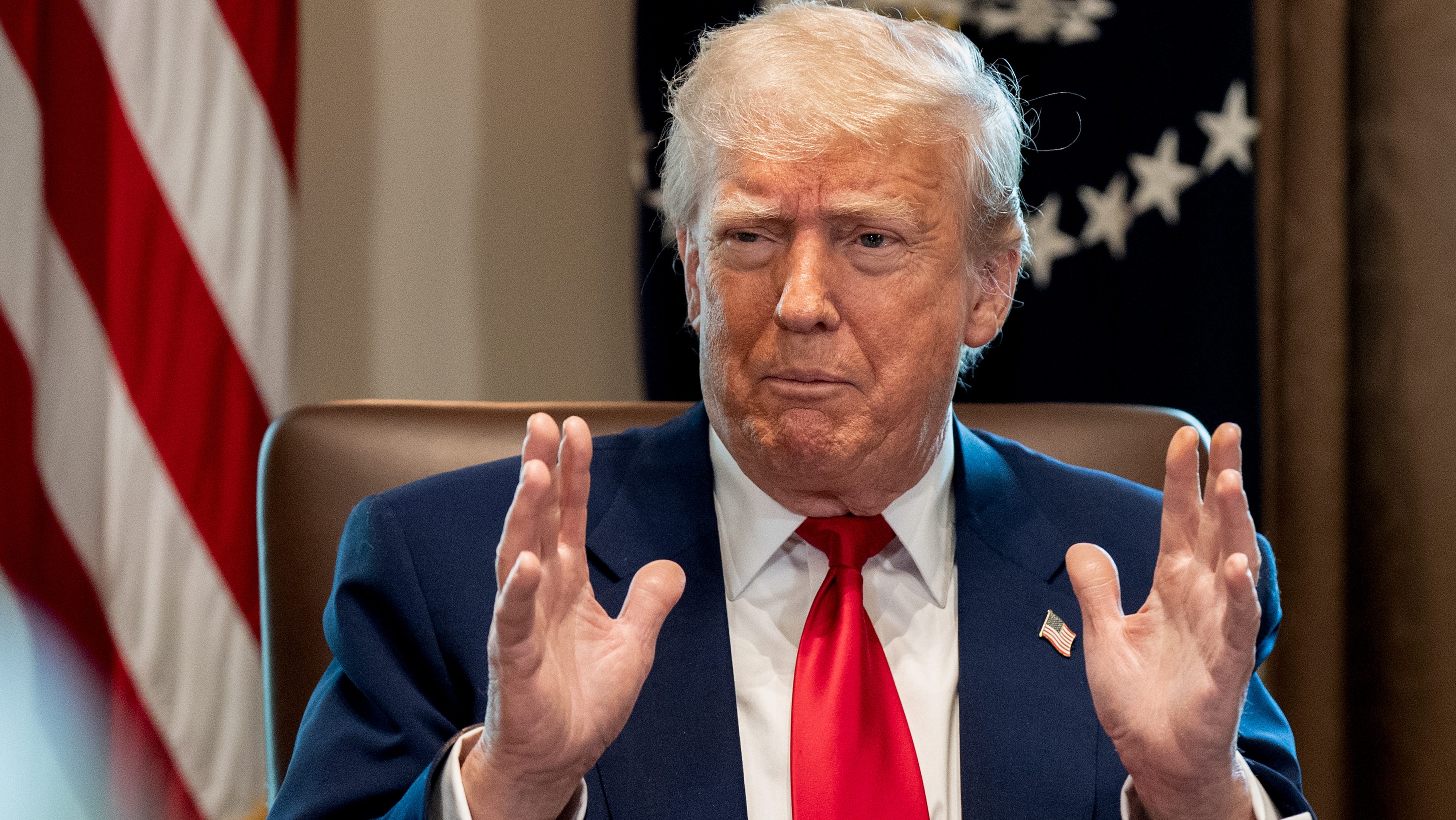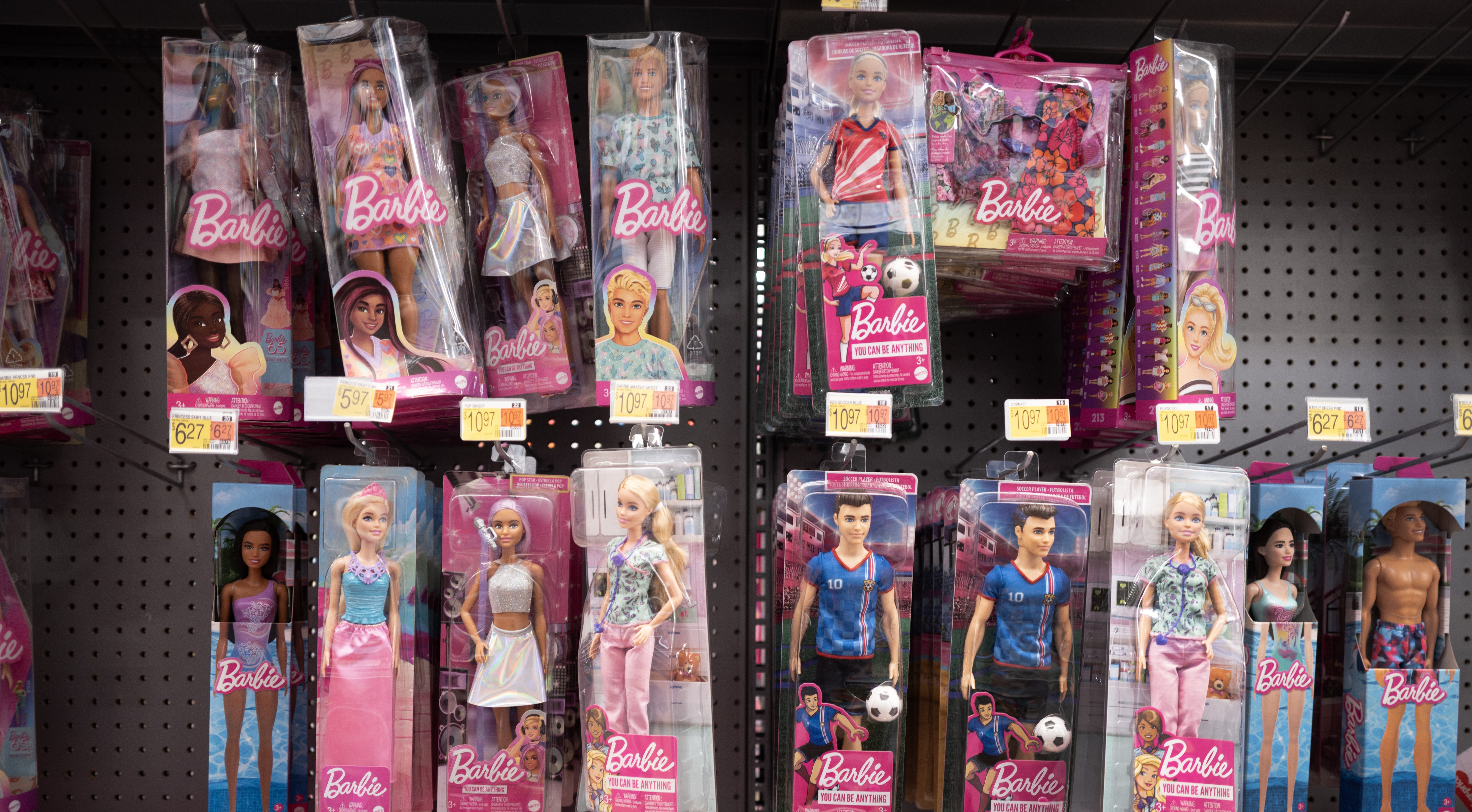Hasbro's $300M Tariff Threat: What It Means For You
China Tariffs Threaten Hasbro: $300 Million Impact Looms
Introduction: A Toy Story with a Tariff Twist
What happens when a beloved toy company like Hasbro faces off against the economic might of global trade wars? Well, it's not exactly child's play. In a recent announcement that sent ripples through the stock market and toy aisles alike, Hasbro warned of a potential $300 million hit to its bottom line if current tariffs on Chinese imports remain in place. That's a lot of Monopoly money! Let's dive deep into what this means for Hasbro, consumers, and the future of the toy industry.
Hasbro's Earnings: A Glimmer of Hope Amidst Trade War Worries
On the surface, Hasbro's latest earnings report wasn't all doom and gloom. In fact, the toy giant actually reported better-than-expected earnings. This was primarily driven by some blockbusters such as "Dungeons & Dragons" and "Magic: The Gathering." However, this positive news was quickly overshadowed by the looming threat of tariffs. It's like celebrating a birthday party under a rain cloud – the cake is delicious, but everyone's still glancing nervously at the sky.
The $300 Million Question: How Big is the Tariff Threat?
Just how significant is this potential $300 million impact? Think of it this way: that's enough money to buy a small island, fund a major film production, or, you know, produce a whole lot of Transformers. The impact is real and it's worrying investors, analysts, and even us, the consumers who just want to snag a deal on that latest action figure. President Trump's proposed 145% levy on imports from China casts a long shadow over Hasbro's future profits.
CEO Chris Cocks Speaks Out: Price Hikes and Potential Job Losses
Hasbro's CEO, Chris Cocks, hasn't minced words. He's clearly stated that the company will be forced to raise prices if the tariffs persist. Imagine trying to explain to your child that their favorite toy now costs more because of a trade war! But it gets worse. Cocks also warned of potential job losses as the company tries to absorb the increased costs. This isn't just about money; it's about people's livelihoods.
Price Increases: Will Consumers Pay the Price?
The big question is, will consumers be willing to pay more for toys? Will families cut back on toy purchases, opting for cheaper alternatives or fewer items overall? Ultimately, the consumer will bear some of the impact.
Job Losses: The Human Cost of Tariffs
No one wants to see job losses, especially in a sector that brings joy to so many. The toy industry provides employment across various areas from design and manufacturing to marketing and sales. Tariffs put all of that at risk.
The Reliance on China: Why is Hasbro So Vulnerable?
Why is Hasbro so heavily impacted by tariffs on Chinese imports? The simple answer: a significant portion of Hasbro's toys are manufactured in China. This isn't unique to Hasbro; many toy companies rely on China's manufacturing capabilities due to its lower production costs and established infrastructure. This dependence, however, makes them vulnerable to any trade disputes between the US and China.
Full-Year Guidance: Uncertainty Prevails
Despite the better-than-expected earnings, Hasbro has maintained the full-year guidance it issued last quarter. This is a classic example of "managing expectations." The company is acknowledging the positive results but also hedging its bets against the uncertainty of the current trade situation. It's like saying, "Things are good now, but we don't know what tomorrow holds."
The Trade War Landscape: A Battlefield for Businesses
The ongoing trade war between the US and China has created a minefield for businesses. It's not just Hasbro feeling the pinch; many industries are grappling with increased costs and uncertainty. The trade war is essentially a battle of economic wills, and businesses are caught in the crossfire.
Mitigation Strategies: How Hasbro is Fighting Back
Hasbro isn't just sitting back and waiting for the tariffs to take effect. The company is actively exploring various mitigation strategies to lessen the impact. These strategies likely include:
- Negotiating with Suppliers: Trying to secure better deals and reduce costs.
- Diversifying Manufacturing: Exploring alternative manufacturing locations outside of China.
- Cost-Cutting Measures: Identifying areas where expenses can be reduced.
- Strategic Price Adjustments: Carefully adjusting prices to balance profitability and competitiveness.
Diversifying Manufacturing: A Long-Term Solution?
Moving manufacturing out of China is a complex and time-consuming process. It requires finding suitable alternative locations, establishing new supply chains, and potentially investing in new infrastructure. However, it’s a necessary step for long-term resilience.
The Investor Reaction: Wall Street Watches Closely
Investors are understandably concerned about the potential impact of tariffs on Hasbro's stock price. The market hates uncertainty, and the trade war is a major source of uncertainty. Expect continued volatility in Hasbro's stock price as the trade situation evolves.
Beyond Hasbro: The Impact on the Toy Industry
Hasbro's situation is a microcosm of the challenges facing the entire toy industry. If tariffs remain in place, other toy companies will likely face similar pressures, leading to higher prices and potential job losses across the board. The entire toy industry is on edge.
The Political Dimension: Awaiting Policy Changes
Ultimately, the fate of Hasbro's bottom line rests on political decisions. Will the US and China reach a trade agreement that eliminates or reduces tariffs? Or will the trade war continue to escalate? The answers to these questions will determine the future of Hasbro and the toy industry as a whole. We all await new policies that might change the landscape of trade.
Consumer Power: Voting with Your Wallet
As consumers, we have the power to influence the market. By making informed purchasing decisions, we can send a message to companies and policymakers alike. Will you continue to buy Hasbro toys, even if the prices increase? Or will you seek out alternatives? The choice is yours.
Looking Ahead: A Future of Uncertainty (or Opportunity?)
The future is uncertain, but one thing is clear: Hasbro is facing a significant challenge. How the company navigates this challenge will determine its long-term success. Will Hasbro emerge stronger and more resilient? Only time will tell.
Conclusion: Navigating the Tariff Tightrope
In summary, Hasbro's potential $300 million hit from China tariffs highlights the significant impact of the ongoing trade war on businesses and consumers alike. While the company reported better-than-expected earnings, the looming threat of tariffs casts a long shadow over its future profitability. Price increases and potential job losses are on the horizon, and the toy industry as a whole is bracing for impact. Hasbro is actively exploring mitigation strategies, but ultimately, the outcome depends on political decisions and consumer behavior. It's a complex situation with no easy answers.
Frequently Asked Questions (FAQs)
- 1. What specific products are affected by the tariffs?
- The tariffs primarily impact toys manufactured in China and imported into the United States. This includes a wide range of products, from action figures and board games to dolls and electronic toys. Hasbro specifically relies on China for a lot of its production.
- 2. How will the tariffs affect toy prices for consumers?
- If the tariffs remain in place, consumers can expect to see higher prices for toys. The extent of the price increases will depend on the specific product and the extent to which Hasbro is able to absorb the increased costs. If the 145% is applied, that will be a considerable rise in prices, which is why Hasbro would also consider job cuts.
- 3. Is Hasbro moving its manufacturing out of China?
- Hasbro is exploring diversifying its manufacturing base to reduce its reliance on China. This is a long-term strategy that involves finding suitable alternative locations and establishing new supply chains, but it is not a quick fix.
- 4. What can consumers do to minimize the impact of tariffs on their toy purchases?
- Consumers can shop around for deals, consider purchasing used toys, or opt for less expensive alternatives. Supporting brands that prioritize domestic manufacturing can also lessen the impact.
- 5. What is the current status of the trade war between the US and China?
- The trade war is ongoing, with periods of escalation and de-escalation. The future of the trade war is uncertain, and it is subject to political negotiations and policy changes. It is wise to stay informed about trade agreements that are being considered.


